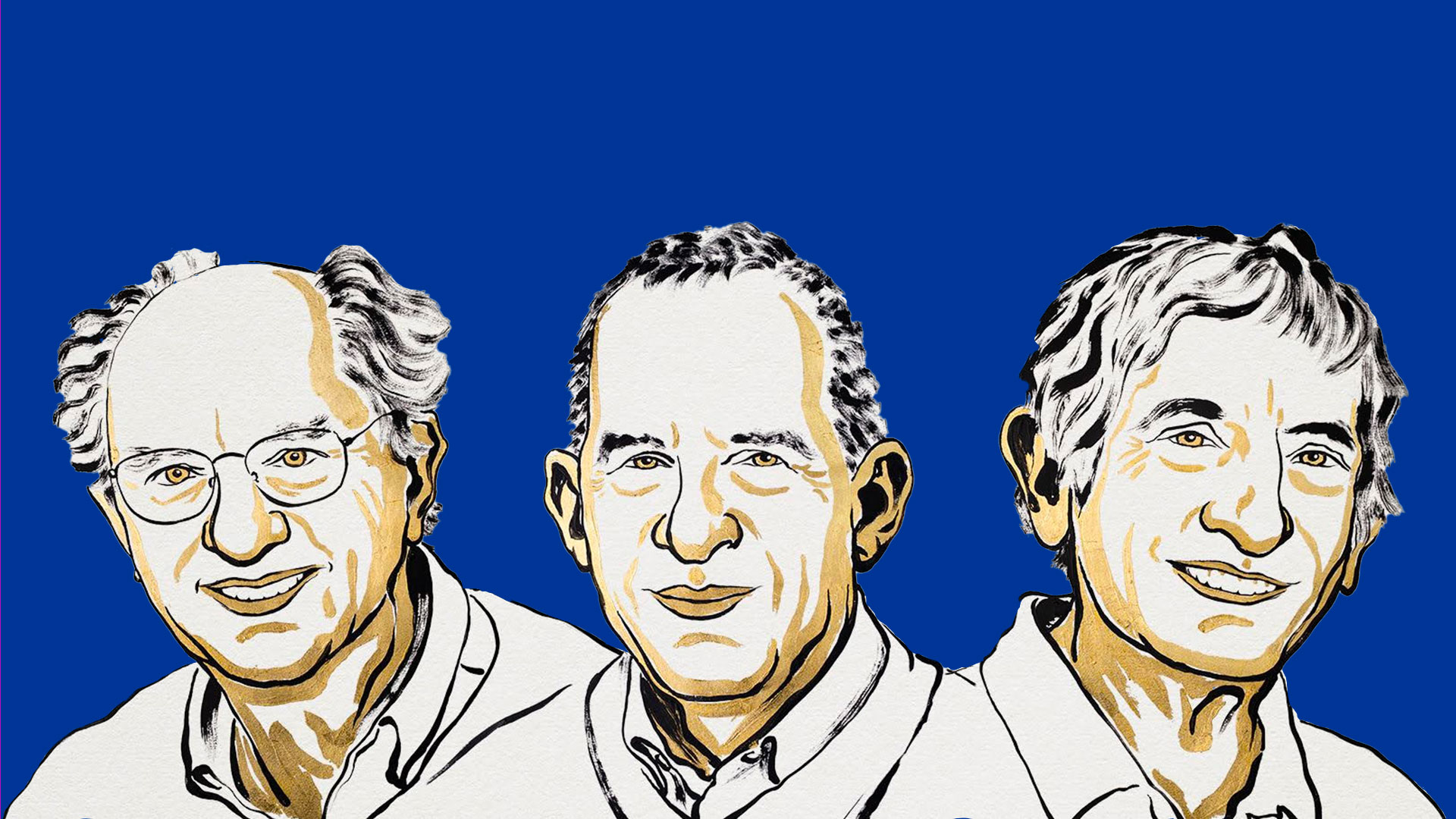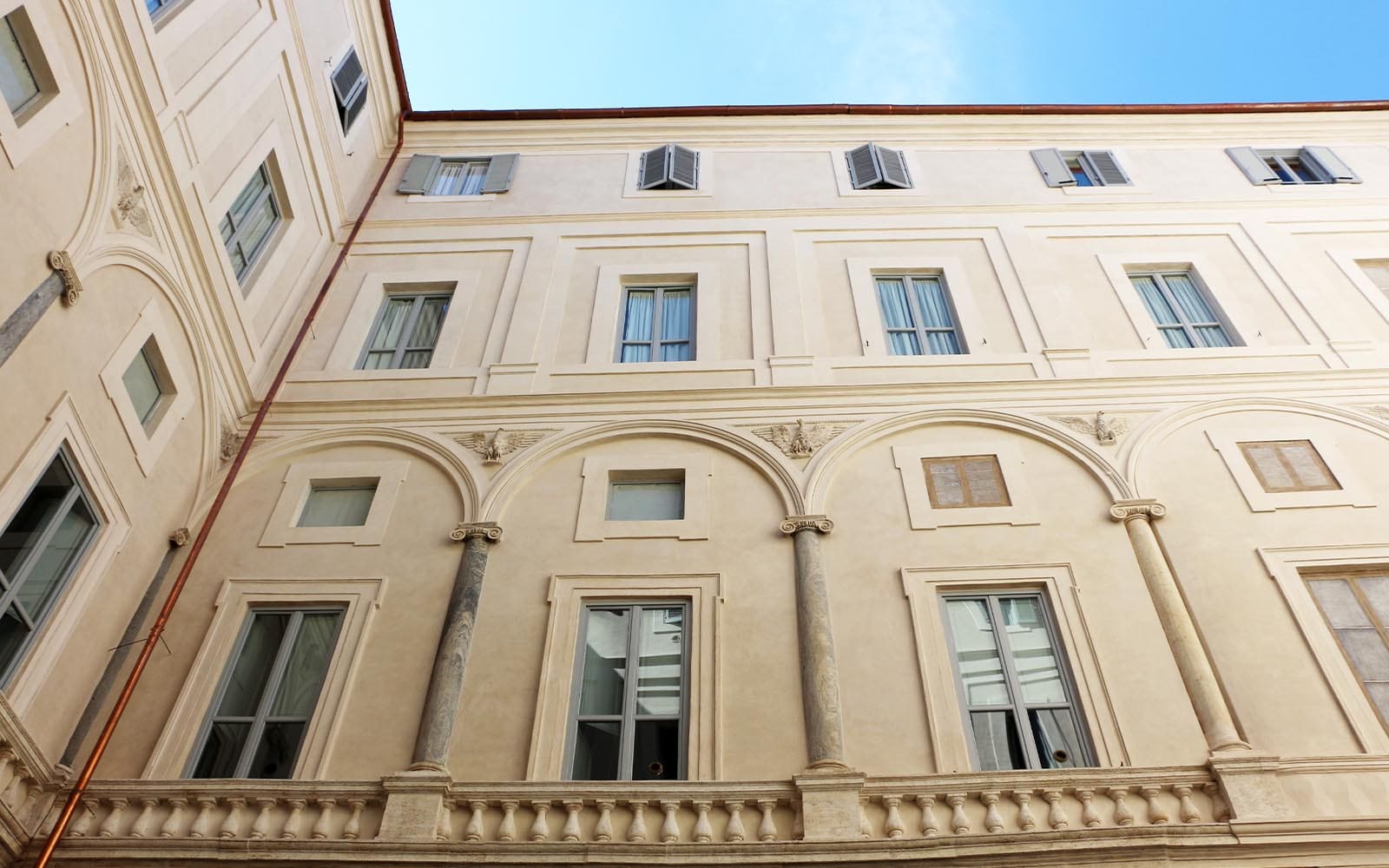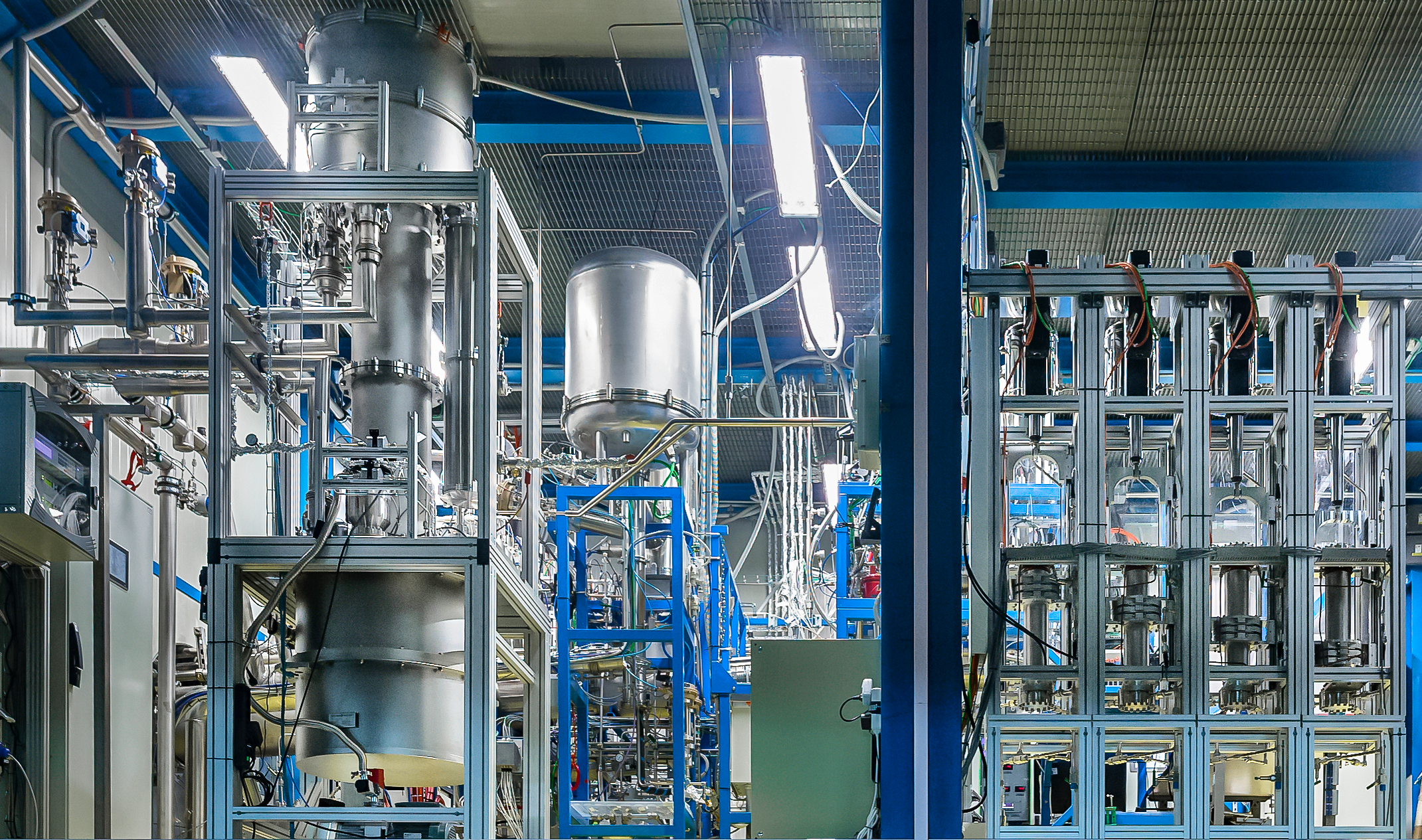 During the second Central European Symposium on Radiation Oncology (CESORO), which just ended in Krakow, the TIFPA (Trento Institute for Fundamental Physics and Applications) national centre of the INFN, and the IFJ-PAN (Institute for Nuclear Physics of the Polish Academy of Sciences) reached an agreement to jointly build the target area – i.e. the place where the samples to be irradiated are placed and moved – in the two proton therapy centres in Trento and Krakow.
During the second Central European Symposium on Radiation Oncology (CESORO), which just ended in Krakow, the TIFPA (Trento Institute for Fundamental Physics and Applications) national centre of the INFN, and the IFJ-PAN (Institute for Nuclear Physics of the Polish Academy of Sciences) reached an agreement to jointly build the target area – i.e. the place where the samples to be irradiated are placed and moved – in the two proton therapy centres in Trento and Krakow.
This will lead to a considerable reduction in costs and, moreover, allow research to be conducted in the two centres under the same experimental conditions. The proton therapy centre of the Provincial Health Service Authority of Trento and that of Krakow have, in fact, almost identical infrastructures; they both use the Proteus cyclotron of the Belgian firm IBA, have two clinical rooms with gantry (the rotating heads from which the beam exits to irradiate from different angles) and an experimental room. The experimental room in Krakow is already active, thanks to the commitment of IFJ-PAN, while TIFPA is currently coordinating similar work plans to put the experimental room of the Trento centre into operation.
“This is an important agreement for the creation of a proton therapy research network in Europe,” underlined Marco Durante, TIFPA Director. “Currently there are ten centres already active in Europe, and many others are under construction in England, the Netherlands and Sweden. In view also of this multiplication of centres it is essential to carry out research in medical physics and radiobiology in order to improve treatment accuracy, introduce protocols combined with chemotherapy or immunotherapy and apply charged particles to new non-oncological diseases, such as cardiac arrhythmias. Hadron therapy is one of the most successful applications of nuclear physics to medicine, and it is no coincidence that nuclear physics institutes such as INFN and IFJ-PAN are engaged in this type of research. Furthermore, high energy charged particle beams are useful for nuclear physics experiments, and it is very important that the centres of Trento and Krakow have envisaged large experimental rooms fully dedicated to research,” concluded Durante.
On the basis of the agreement just concluded, the two institutes will design fully automated sample holders, with remote control for the exposure of biological samples and electronic devices to high energy proton beam. Both centres are also interested in the production, using a lithium target, of high energy quasi-monoenergetic neutrons. TIFPA and IFJ-PAN will exploit the joint scientific and technological research projects to fund these projects within the scope of Italy-Poland bilateral cooperation. (a.v.)





